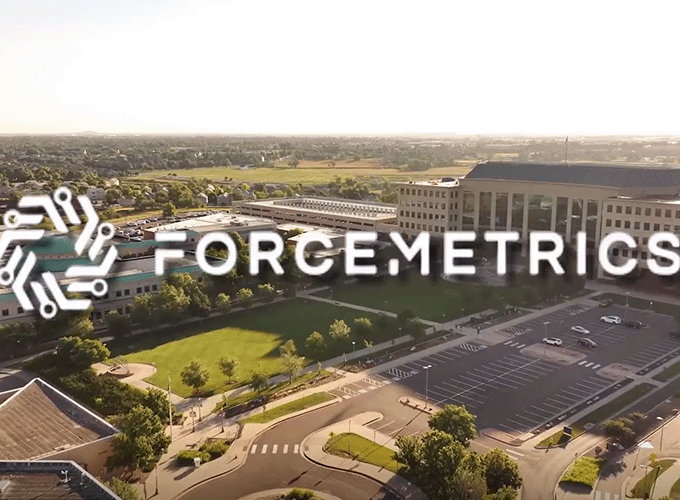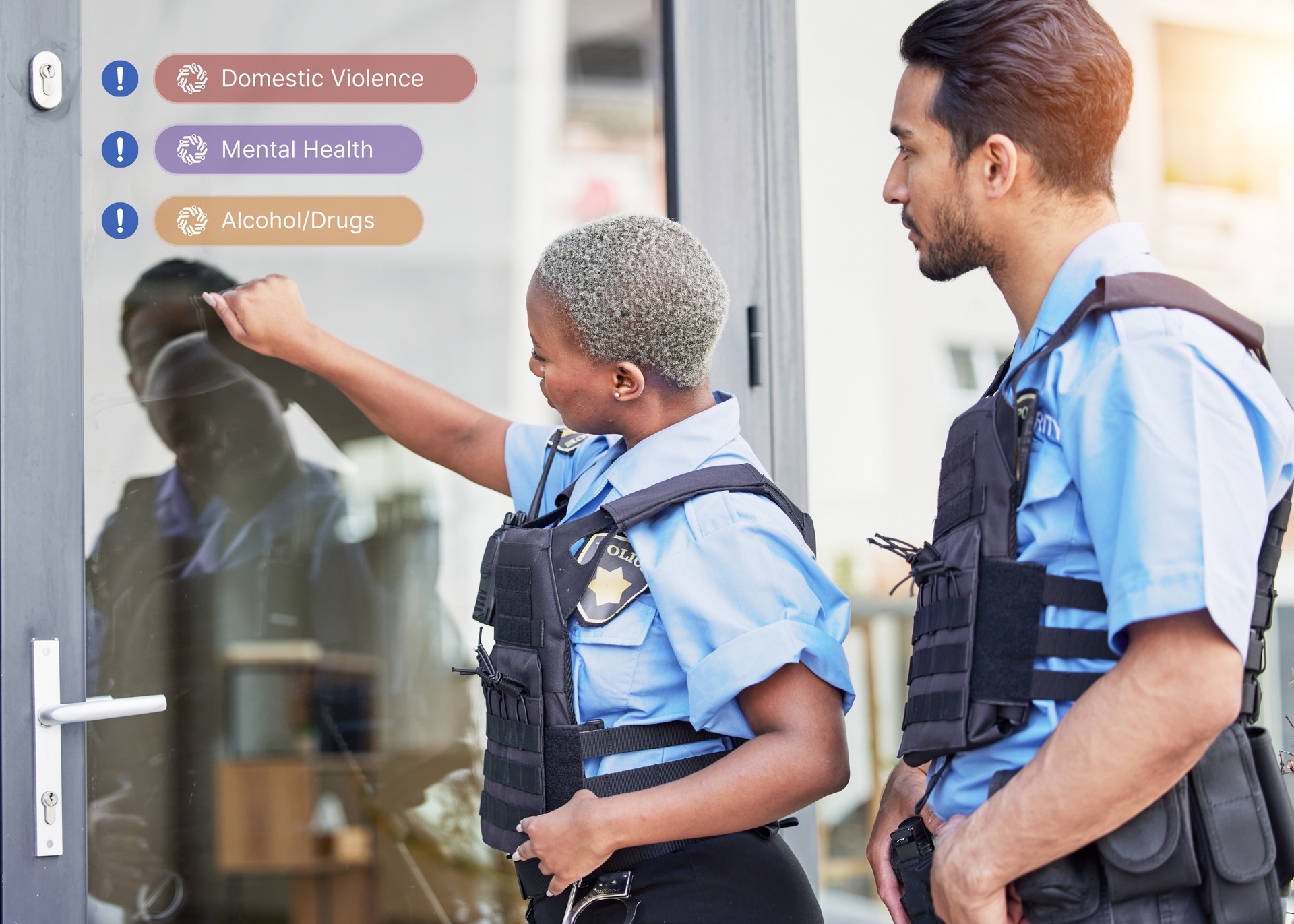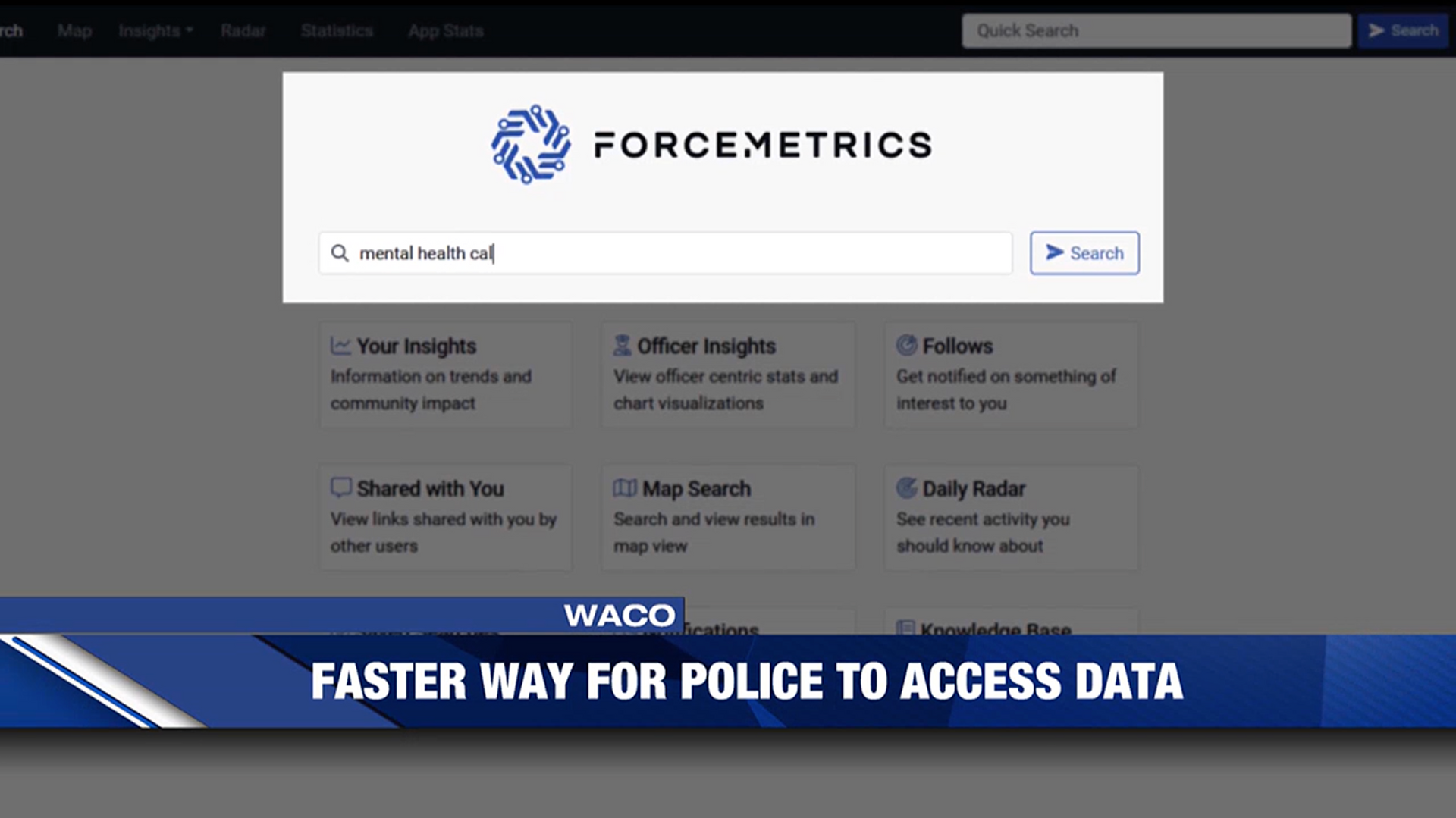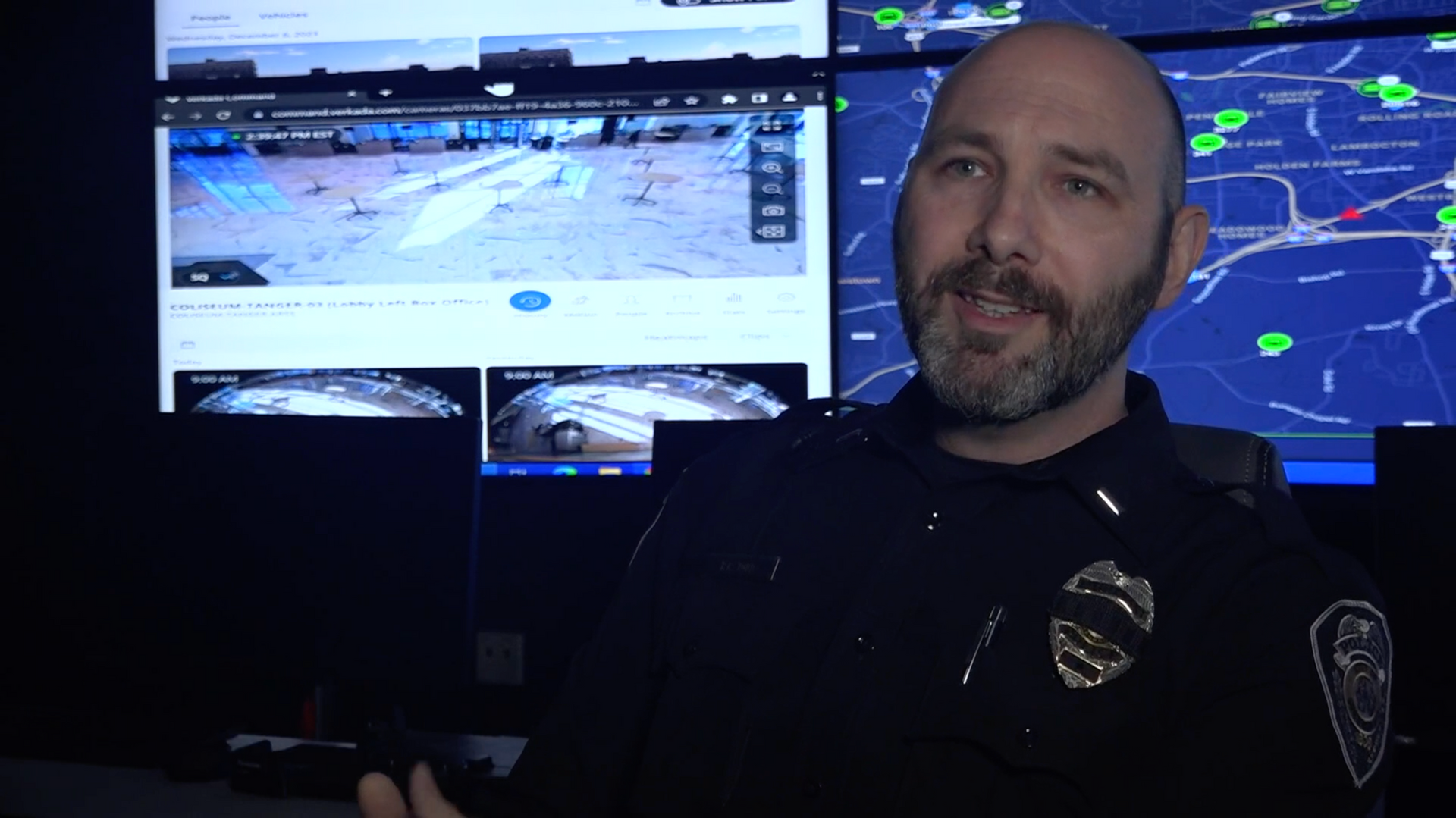Blog Layout
Driving Progress: Harnessing Technology to Identify Vehicles in Policing
Jan 18, 2024
Combine Modern Technologies with Integrated Data Analysis for Enhanced Vehicle Identification & Investigation

With today’s rapid technological advancement, law enforcement agencies are increasingly turning to cutting-edge tools and techniques to enhance their capabilities. One of many areas where technology is making a significant impact is in the identification of vehicles, providing law enforcement with powerful tools to streamline investigations, enhance public safety, and combat criminal activities. Here we'll explore the innovative ways technology is being used to identify vehicles in policing.
License Plate Recognition (LPR) Systems
License Plate Recognition (LPR) technology has emerged as a game-changer in the realm of vehicle identification. Equipped with high-speed cameras and optical character recognition software, LPR systems can quickly scan and capture license plate information from passing vehicles. This real-time data is then cross-referenced with law enforcement databases, enabling officers to identify stolen vehicles, locate suspects, and track the movement of vehicles involved in criminal activities.
Automated Vehicle Identification Systems
Automated Vehicle Identification Systems take vehicle identification to the next level by incorporating advanced analytics and artificial intelligence. These systems can analyze various aspects of a vehicle, such as its make, model, color, and distinguishing features. By leveraging machine learning algorithms, these systems can learn and adapt to recognize patterns, aiding law enforcement in identifying vehicles even in challenging conditions.
Integration with Surveillance Cameras
The integration of vehicle identification technology with existing surveillance camera networks enhances overall situational awareness for law enforcement. By strategically placing cameras in key locations, such as entry and exit points of a city or high-crime areas, law enforcement can monitor and identify vehicles entering or leaving a target area. This proactive approach allows for the rapid response to potential threats or criminal activities.
Integrated Data Analysis for Enhanced Vehicle Investigation
The combining of historically siloed datasets also stands out as a pivotal advancement in vehicle identification, by simplifying yet significantly amplifying investigative capabilities. This integrated approach seamlessly combines information from computer aided dispatch (CAD) systems, records management systems (RMS), license plate recognition (LPR) systems, automated vehicle identification systems, and surveillance camera networks.
By combining, cleaning, and indexing these diverse datasets to allow agencies to easily search across them, law enforcement gains a comprehensive understanding of historical and real-time vehicle movements and activities, enhancing the accuracy and efficiency of identification processes. Leveraging this data for the strategic placement of surveillance cameras, coupled with the ability to conduct rapid searches based on specific criteria, can further contribute to proactive response.
Privacy and Ethical Considerations
While the use of technology in vehicle identification brings numerous benefits, it also raises important ethical and privacy considerations. Law enforcement agencies must strike a balance between harnessing the power of technology and respecting individuals' rights to privacy. Transparent policies, legal safeguards, and public education are essential components of responsible and ethical technology use in policing.
Driving Towards a Safer Future
As technology continues to evolve, so too does its role in modern policing. The innovative tools and systems discussed here represent a powerful toolkit for law enforcement agencies in their mission to enhance public safety and combat criminal activities. Overall, leveraging these technologies responsibly and ethically, while coupling them with integrated data analysis to propel their effectiveness, aligns with the overarching mission of law enforcement to drive towards a safer future with higher confidence.

22 Apr, 2024
Anyone in law enforcement can attest that the more information you have going into a situation, the better the outcome will be. This standard applies to everyday calls for service, high-profile investigations and even walking into the next CompStat meeting. So why is the information still so challenging to obtain? As former law enforcement professionals who both saw and felt these challenges firsthand, the founders of ForceMetrics created a platform to address them.

10 Apr, 2024
Aurora911 was the first city department to launch ForceMetrics with its entire staff. Emergency communications specialists can search and access vital safety, mental health and historical information in seconds rather than hours, improving the accuracy and appropriateness of resource deployment.

14 Mar, 2024
Imagine responding to a call with not just the information provided by dispatch, but a comprehensive, easy-to-understand overview of the situation at hand, including the people and places involved, key history, and important social needs and safety risks to be mindful of going in. At ForceMetrics, this is where we focus our efforts to help responders succeed.

By Jason Truppi
•
21 Dec, 2023
In the dynamic landscape of law enforcement, the concept of stratified policing has emerged as a nuanced approach to addressing the diverse challenges faced in crime prevention and public safety. This evolving strategy recognizes the importance of tailoring policing efforts to specific layers, or strata, taking into account varying levels of crime, time and risk factors, departmental roles, and unique community needs and patterns. Yet the critical factor to a successful stratified policing approach is having the data available to properly assess and distinguish between these characteristics in the first place. Departments need clear, accurate, and contextual data to understand crime patterns and trends and truly put this evidence based policing strategy to meaningful work. Unpacking the Layers At its core, stratified policing involves the careful examination and classification of crime trends and community challenges based on set criteria. This approach recognizes that a one-size-fits-all strategy may not be effective in addressing the complex and multifaceted nature of crime. Instead, law enforcement agencies employing stratified policing seek to understand the unique characteristics of different strata and implement appropriately tailored solutions. The layers in stratified policing are often broken into immediate, short-term, and long-term problems. Immediate problems are generally recognized as isolated calls and incidents, though with varying degrees of significance, taking anywhere from minutes to months to resolve. Short-term problems are those that occur over days or weeks and are either repeat incidents or recognizable crime patterns, such as a series of similar crimes or crimes committed within a hotspot. Long-term problems or priorities exist over months or years, and frequently arise from opportunities created by everyday environmental or behavioral factors. Risk Assessment One key element of stratified policing is the strategic identification and prioritization of areas of focus based on their level of crime or risk factors. By allocating resources more intensively to high-crime areas, for example, law enforcement agents can maximize their impact and create a more targeted response to identified challenges. Community Engagement Building trust and fostering partnerships within the community are integral components of successful stratified policing. Recognizing that different communities have unique needs and concerns, law enforcement agencies actively engage with residents to understand and address their specific issues. This collaborative approach helps to bridge the gap between law enforcement and the community, creating a more effective and responsive policing environment and bolstering public safety in turn. Data-Driven Approaches In our modern world ruled by information and technology, data plays perhaps the single most critical role in shaping effective evidence based policing strategies. Successful stratified policing leverages data and analytics to gain insights into crime patterns and trends within different areas or layers of a community. This information empowers law enforcement to make informed decisions, strategically allocate resources, optimize workflows and performance, and implement targeted interventions where they are needed most. Problem-Oriented Policing Stratified policing goes beyond surface-level crime prevention by addressing the root causes of issues within a community. This problem-oriented approach necessitates effective collaboration with other community agencies and organizations to tackle underlying factors contributing to crime. By addressing these issues head-on, and facilitating open communication and information sharing among community stakeholders, law enforcement agents can create lasting solutions and improve overall community well-being. Conclusion: A Tailored Approach for Safer Communities As law enforcement continues to evolve, the concept of stratified policing stands out as a promising strategy for creating safer and more resilient communities. By recognizing and responding to the unique challenges and needs of our communities with tailored, data-driven approaches, law enforcement agencies can make a lasting, meaningful impact – reducing crime, building trust, fostering collaboration, and ultimately creating a safer environment for all. As this approach continues to develop, it will be essential to stay informed on emerging best practices and adapt strategies to meet the ever-changing needs of our diverse communities. ForceMetrics is actively enabling agencies to leverage clear, contextual data in the implementation of more accurate and successful stratified policing programs. Connect with us to learn how we can help your agency navigate the layers.





